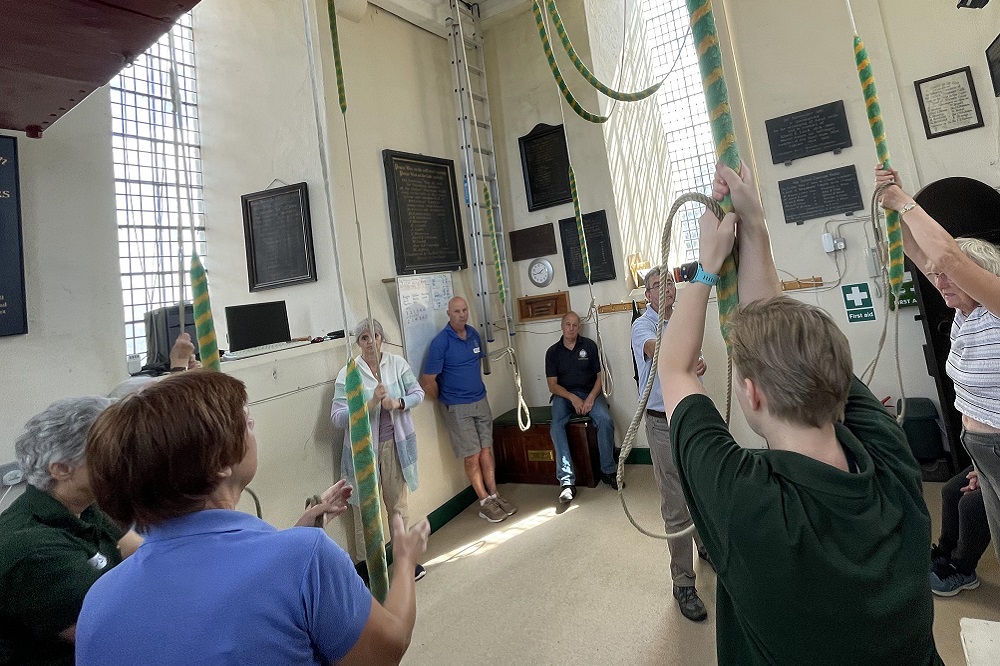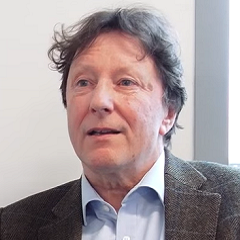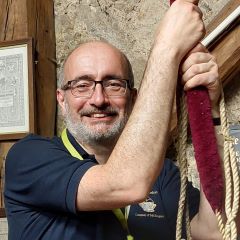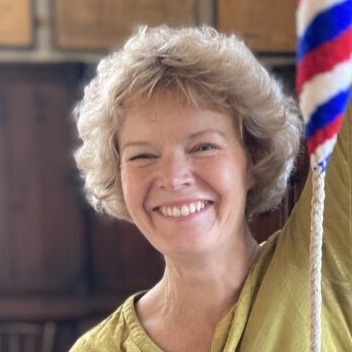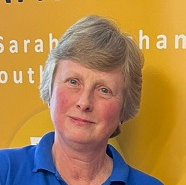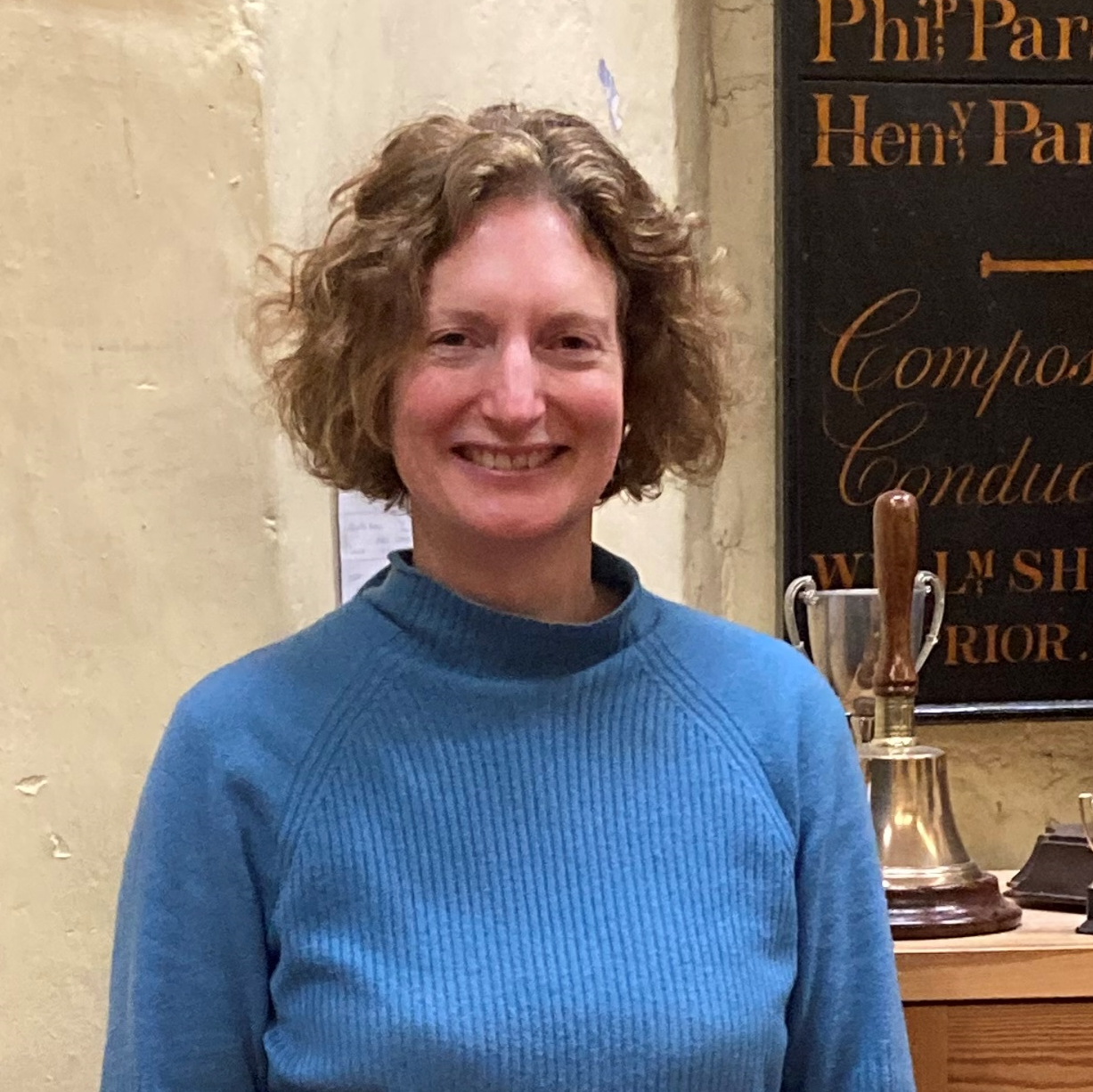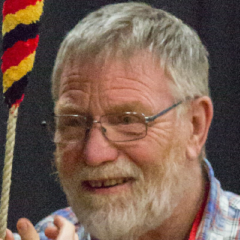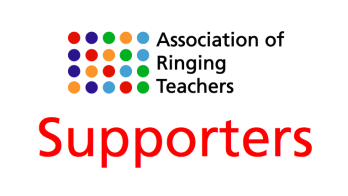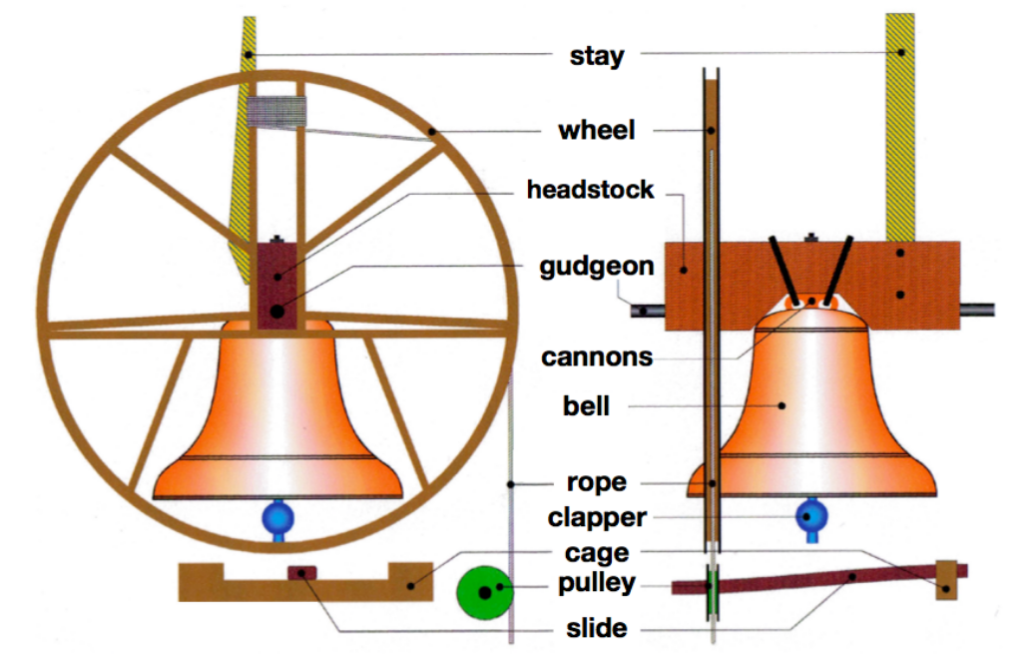The tower and venue for the M2F course was the beautiful ten bell tower and church hall of St Helen, Abingdon on Thames.
This was the second time I had attended this level course. I could have just done a refresher course, but I knew I would benefit in so many ways by attending the course again. The course has given me the perfect opportunity to gain all the correct teaching skills to aid understanding in a new generation of competent bell handlers as they are welcomed into the world of change ringing. And helping to captivate their interest while they battle through the grueling stages which are imperative to master before progressing further.
Why M2F? Well, you have a new band of ringers and they have all mastered putting both strokes together and can happily stand their bell at hand stroke and backstroke. These new-to-ringing students have possibly been ringing for 6 months. They have possibly been moving their bell in call changes at a nice, pleasant pace so they can find their new place and adjust to suit the new order. There may be 6 full pulls before another change is called and that call may not even affect your bell. You have plenty of time to adjust your bell on both strokes and it is a relaxing way to change orders. You can even chat to the band between these calls if needed.
Suddenly you are thrust into a new world. This casual approach to the change is being shortened and you have to change every 4 strokes of the bell, then every 2 strokes and then every stroke! The processing skills have now moved into a new area – you have a millisecond to move and then you’re moving again… Suddenly your ‘learning class’ of competent bell handlers has lost the path. The learning process is not as much fun and it feels like hard work. In reality – it isn’t.
David delivered the lecture and used an analogy I too use when describing ‘ropesight’. Magic eye pictures! David’s delivery was, however, far better. The fact that remains that if you can see the ‘elephant’ emerge from the mangle of dots and spots, you can’t un-see it. You may recall the time when you scrunched your face and stared close and far with blurry eyes as you strained to find the ‘elephant’, maybe catch his tail or an ear, then it’s gone… until one day, there it is in all its glory: “An Elephant in 3 dimensional view”. Once you see the elephant you can rush through as many magic eye pictures as you like. The single elephant turns into a Safari view with trees, sky, plants, and other elephants and then someone asks you “What are you looking at?”…
Now you have to teach your learners to control their bells. This is no different to football training or any sport. You perform exercises and then a friendly match, then do it again – achievement is paramount to the candidate’s return. Foundation skills need to be fit to withstand any future methods built upon them. Games and exercises to help this learning are the course foundation. In football they would be dribbling, keepy-uppies, and passing. Observation during these tasks helps the coach to adjust and advise where needed. Giving the student something to attain is crucial to their confidence within their journey. A tick here and there allows them to see how far they have come. ART is the only thing I have found within the world of bellringing that addresses all these needs.
Once the foundation skills have been learnt, asking the ringer to perform basic moves will be understood much easier. Wax on wax off! Asking a ringer to perform them before they are ready is like pushing your 10-year-old to sit an A-level maths exam before they understood GCSE level.
Being a coach is more than teaching. It’s knowing how to ease a ringer into the next phase without discouraging any of their confidence gained is the art we aim to address.
The course covered barriers we face and constructive ways to keep the band engaged, adaptations to foundation skills, placing bands and allowing ringers to progress at their own pace. I recommend teachers attend as many courses as possible to appreciate the unique views offered by ART-affiliated professor level educators.

